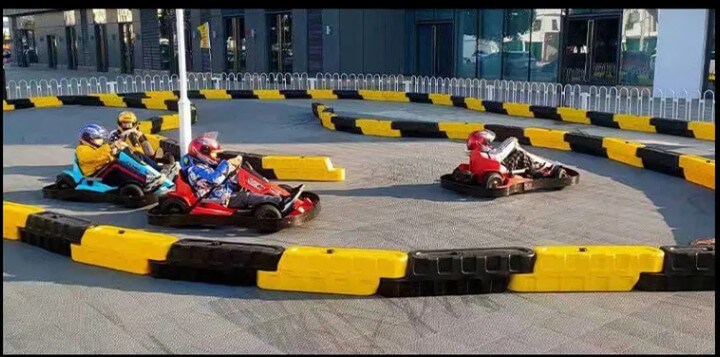Why is the safety of inflatable parks so important?
When it comes to the quality and safety standards of inflatable playgrounds, this is a critically important topic. Purchasers must ensure that the products they are buying adhere to stringent safety requirements to protect users’ safety and avoid legal issues. In this article, we will delve into the quality and safety standards of inflatable playgrounds to help purchasers make informed decisions.
safety of inflatable parks so important in Inflatable Playgrounds
Inflatable playgrounds are a popular choice for children and family entertainment, but if they do not meet safety standards, they can pose potential hazards. Here are some reasons why safety in inflatable playgrounds is of paramount importance:
- Child Use: Inflatable playgrounds are typically designed for children who may not have sufficient safety awareness. Therefore, it is essential to ensure that inflatable playgrounds have no potential dangers, such as sharp edges, unstable structures, or unsafe attachments.
- Legal Liability: If the inflatable playground you purchase does not meet safety standards, you may face legal liability. This could include claims from injured children, fines, or other legal issues.
- Reputation Damage: Most importantly, safety issues can lead to injuries or even fatalities. Therefore, every effort must be made to ensure the safety of inflatable playgrounds.
Quality Standards for Inflatable Playgrounds
To ensure the safety of inflatable playgrounds, manufacturers and suppliers must adhere to a set of quality standards. Here are some common quality standards:
- ASTM Standards: ASTM (American Society for Testing and Materials) has established standards applicable to inflatable playgrounds, such as ASTM F2374-17. These standards cover design, manufacture, and testing requirements for inflatable playgrounds.
- EN Standards: In Europe, EN standards (European Standards) specify safety requirements for inflatable playgrounds, ensuring their legality in the European market.
- CPSC Requirements: The U.S. Consumer Product Safety Commission (CPSC) also has specific requirements for inflatable playgrounds to ensure their safety.
- Material Quality: Inflatable playgrounds are typically made from special resilient materials, and manufacturers must ensure that the materials used meet relevant standards for strength and durability.
Quality Control and Testing
Manufacturers and suppliers should conduct quality control and testing during the production process to ensure that inflatable playgrounds meet safety standards. This includes the following aspects:
- Material Testing: The materials used must undergo quality testing to ensure their strength and durability. These tests may include tensile testing, abrasion resistance testing, and weather resistance testing.
- Structural Stability: Inflatable playgrounds’ structures must be stable enough to prevent tipping or collapsing. Manufacturers should conduct structural testing to ensure the product’s stability under normal usage conditions.
- Safe Attachments: Any attachments such as anchoring systems, ladders, or slides must comply with relevant safety requirements and undergo testing to ensure their reliability.
- Airtightness Testing: Inflatable playgrounds must undergo airtightness testing to ensure there are no gas leaks or air leakage issues.
- Weight Limits: Manufacturers should clearly specify the maximum load and user capacity of inflatable playgrounds to prevent overloading.

Safety Certification and Compliance
Manufacturers and suppliers can demonstrate the compliance of their products by obtaining appropriate safety certifications. These certifications may include:
- CE Certification: The CE mark is a crucial symbol for products sold in the European market, indicating compliance with European safety requirements.
- UL Certification: UL (Underwriters Laboratories) certification is a safety mark in the U.S. market, ensuring products meet U.S. safety standards.
- ISO Certification: ISO standards encompass quality management systems, and manufacturers can obtain ISO certification to demonstrate the effectiveness of their quality control systems.
Conclusion
When purchasing inflatable playgrounds, quality and safety standards are essential factors that cannot be overlooked. Purchasers must carefully assess whether products comply with applicable standards and ensure that manufacturers and suppliers have conducted necessary quality control measures.safety of inflatable parks so important



